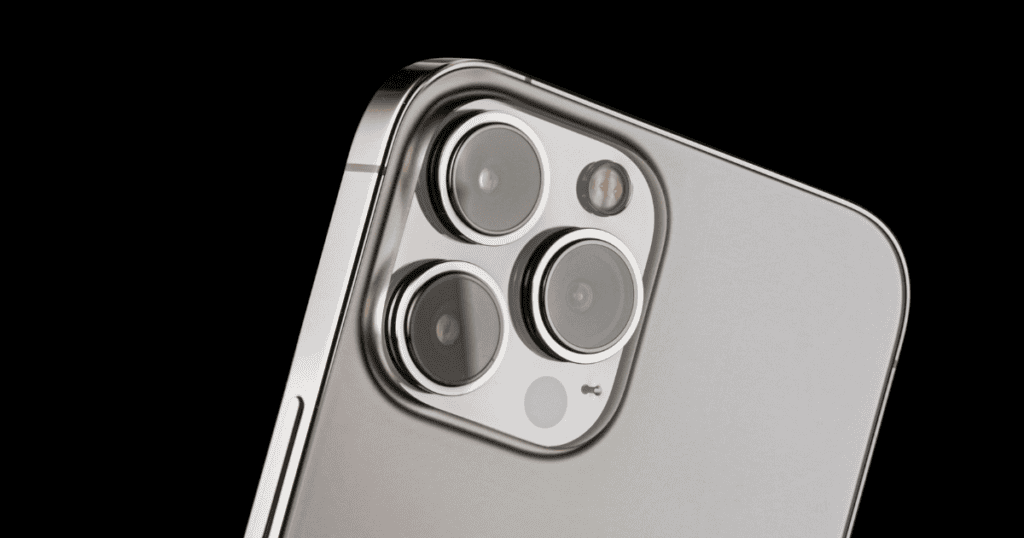In the competitive landscape of the smartphone industry, Apple’s release of the iPhone 15 series has been one of the most anticipated events of 2024. Despite this excitement, initial sales reports have presented a conundrum: the iPhone 15 and 15 Plus models are showing unexpectedly lower popularity among consumers, particularly when compared to their predecessors. According to the latest data from the Consumer Intelligence Research Partners (CIRP), these trends provide a clear indication of shifting consumer preferences and perhaps, evolving market dynamics.
Detailed Sales Performance of iPhone Models
The CIRP’s findings for the first quarter of 2024 provide a granular look into the sales figures of Apple’s newest models:
- The high-end iPhone 15 Pro and Pro Max models have maintained strong sales, capturing 22% and 23% of total iPhone sales respectively. Their combined 45% market share is indicative of a solid consumer preference for feature-rich devices.
- On the other hand, the iPhone 15 Plus managed only a 9% share, which is significantly lower than expected. This suggests that it has not resonated as well with the market as its more compact or more feature-packed siblings.
- Surprisingly, the base model iPhone 15 and last year’s iPhone 14 each took 14% of sales, highlighting a steady demand for older, possibly more cost-effective models.
Comparatively, during the first quarter of 2023, the iPhone 14 series had secured a combined 75% share of all iPhone sales, pointing to a notable 7% year-over-year decline for the latest series.
In-Depth Analysis of Sales Trends
The trend lines drawn by the CIRP report suggest several underlying consumer behaviors:
- There is a marked shift toward premium models, which could be driven by consumers’ desire to access the best technology, such as advanced imaging capabilities and superior processing power, which are more prominent in Pro models.
- The base iPhone 15’s reduced market draw could be due to its perceived lack of substantial upgrades over the previous generation, suggesting that Apple may not have met consumer expectations in terms of offering compelling new features at this tier.
Market Dynamics and Consumer Preferences
Understanding the market dynamics and consumer preferences provides further insights into this shift:
- Technological advancements: Pro models often feature the latest advancements in technology which appeal to tech enthusiasts and professional users. These include better cameras, faster chips, and new software capabilities that may not be available in the base models.
- Economic considerations: Economic factors have always influenced consumer electronics purchases. In the current economic climate, buyers might be more cautious, opting either to invest in higher-end models perceived as more ‘future-proof’ or to stick with older, less expensive models rather than upgrading to new base models.
Broader Market Impact
The broader implications of these sales trends on Apple’s market position are profound:
- Activation rates: The dip in new iPhone activations to a six-year low could reflect market saturation, where most consumers who want iPhones already have them, or increased competition from other smartphone manufacturers who offer comparable features at lower prices.
- Market share: Apple’s declining share of new activations, down from 40% to 33% within a year, further underscores the challenges Apple faces against a backdrop of aggressive competition and perhaps a less compelling value proposition in its newer base models.
Consumer and Expert Opinions
Feedback from consumers and experts in technology forums and reviews sheds light on the sentiments around the iPhone 15 series:
- Many users have expressed disappointment over the incremental upgrades in the iPhone 15, expecting more innovative features.
- Tech analysts suggest that while the iPhone 15 Pro models continue to attract users with their cutting-edge features, the standard models have not kept pace with consumer expectations, especially when compared to competing devices.
Strategic Implications for Apple
These trends are not just sales metrics; they hold significant strategic implications for Apple:
- Product differentiation: Apple may need to rethink how it differentiates between its standard and Pro models. This could involve adding more distinctive features to the base models or adjusting prices to better reflect the value proposition.
- Marketing and consumer engagement: Apple might need to enhance its marketing strategies to better highlight the unique aspects of the iPhone 15’s technology, especially to differentiate it from previous models and competitors’ offerings.
Future Outlook
Looking forward, Apple’s strategies will be crucial in recapturing market share and consumer interest:
- Innovation and upgrades: Future models will need to offer clear and compelling reasons for upgrades to motivate consumers, especially in the standard model tiers.
- Market adaptation: Apple will also need to adapt to the broader market dynamics, possibly by offering more aggressive trade-in deals or financing options to make new models more accessible.
MacReview Verdict
The iPhone 15 series, particularly the base and Plus models, have confronted unexpected market challenges in their debut year. While the Pro models continue to perform robustly, reflecting a segment of consumers still willing to invest in high-end technology, Apple faces pivotal decisions in revitalizing the broader appeal of its product range. As the market continues to evolve rapidly, Apple’s ability to innovate and adapt will be critical in maintaining its prestigious standing in the competitive smartphone arena.




